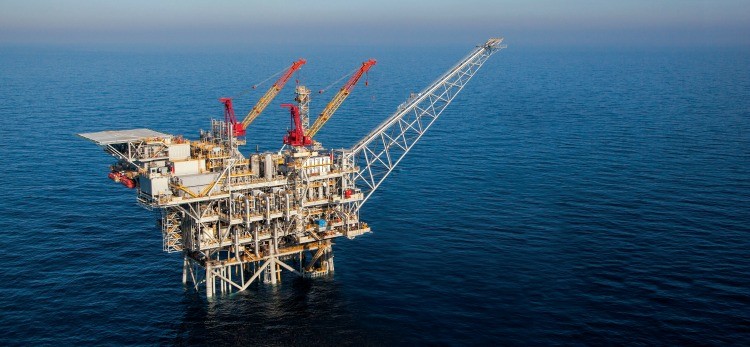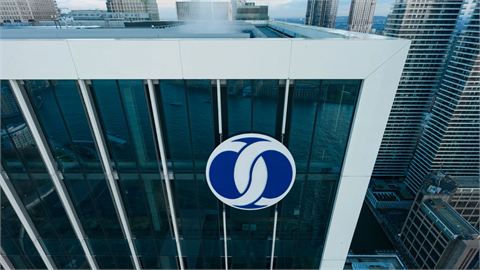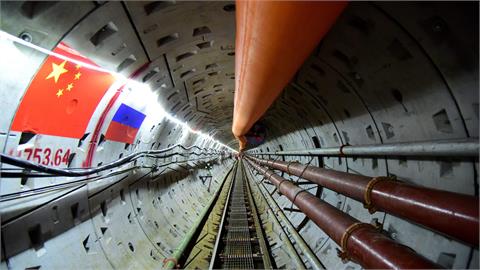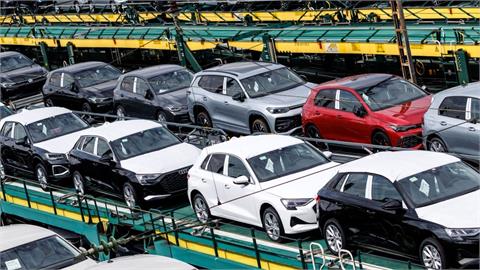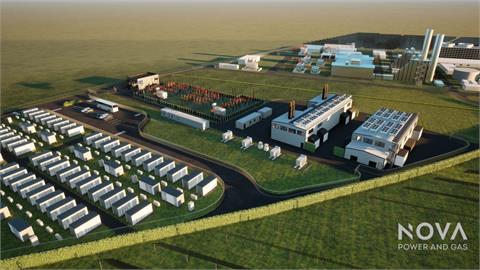by Charles Ellinas* As we enter 2016, potential gas exports from the East Med are again attracting attention. With the gas regulatory framework deal in Israel approved, and soon to come into force, there is talk about gas exports to Egypt, Jordan as well as Turkey. Cyprus has been negotiating with Egypt for over 15 months now to export Aphrodite gas either for Egypt’s own use or for liquefaction at Idku and export to Europe
For some time now both Israel and Cyprus have
been in negotiations to export their gas. Gas sales
contracts, if entered into, are normally for 15-20 years. Their
commercial viability depends on gas prices, project costs, risks
and the ability to ensure uninterrupted exports over the contract
period. But the East Med is a volatile region with
complex geopolitical problems, amidst a global oil&gas price
crisis. This article addresses the key risks associated with these
export options.
Gas exports to Egypt
Egypt has gone through turmoil over the last
few years. The government of President Al-Sissi has brought a
degree of stability, but terrorism and security risks remain and
are still serious as evidenced by the recent downing of the Russian
passenger jet and other incidents.
The impact of these on tourism, a major source of foreign currency earnings in Egypt, has been quite serious. In addition, as a result of the oil-price crisis, foreign government grants declined. As a consequence of the resulting foreign exchange shortages and fiscal deficits, Egypt was unable to reduce its debt to the international oil companies and to maintain payments for its LNG imports in 2015. These problems and Egypt’s inability to keep-up payments continue.
In the past terrorism was directed to sabotaging the gas pipelines crossing Sinai. The shutting down of the EMG gas pipeline to Israel in 2012 led to the arbitration decision by the International Chamber of Commerce to award $1.76billion compensation to Israel Electric Corporation. This led to the immediate suspension by Egypt of gas negotiations with Israel.
When Egypt ran into gas shortage problems it
unilaterally diverted all gas going to the LNG plants at Damietta
and Idku to support its domestic consumption. This is still the case.
As a result of this Union Fenosa and BG have resorted to
international arbitration, which is still pending.
Terrorism, government stability, arbitrary decisions, adherence to formally signed contracts, ability to maintain payments, are some of the key risks to be considered when committing to gas exports to Egypt, or Egypt becoming a regional gas export hub. This is particularly important when one considers that project viability and profitability require export certainty over the 15-20 year contract period.
Gas exports to Turkey
Some of these risks also apply to East Med gas
exports to Turkey. A pre-requisite of course is that the Cyprus
problem is resolved in 2016, making such exports possible.
As a result of the Mavi-Marmara incident
Turkey severed all links with Israel. Even though negotiations for
normalization of ties are progressing well, Turkey still says that there
will be no renewal without Israel opening-up Gaza to unlimited
access. Should there be a gas pipeline between Israel and Turkey,
what would be Turkey’s reaction to possible future flare-ups
between Israel and Gaza?
As a result of disagreements with Turkish Cypriots about who would manage water distribution, Turkey for a while shut-down the water pipeline it built to the north of Cyprus. Would similar actions be taken with gas pipelines in response to disputes with the gassupplying countries?
Internally there is increasing instability within Turkey and its problems with Russia and its neighbours, particularly with regards to Syria, introduce a degree of volatility. How reliable a partner would Turkey be in the future?
Syria
The Syrian problem looked as if it was going towards containment and possible solution towards the end of 2015, but now with flare-ups between Turkey and Russia and more recently between Saudi Arabia and Iran it is in danger of being set back. And Syria is at the centre of the East Med, with potential instability impacts on Turkey and Lebanon and the wider region.
Cyprob
As indicated earlier, solution of the Cyprus
problem is a prerequisite for gas exports from Israel to Turkey as the
pipeline will have to pass through Cyprus EEZ. Something to
which Cyprus will not agree without a solution. The same applies
to potential gas exports from Cyprus to Turkey.
Also, without a solution Turkey appears to be
determined to disrupt exploration and exploitation of hydrocarbons
by Cyprus, as it demonstrated when Noble was drilling in Block
12 in 2011 and more recently when ENI was drilling in Block
9. What would happen when further drilling resumes this
year, as currently planned? Also, what would happen if Cyprus
actually reaches agreement and proceeds to export its gas to
Egypt, given Turkey’s views about Cyprus and Egypt’s government.
And then there are the global oil&gas prices
Global oil&gas prices are expected to
remain low into the 2020s, with oil just gone below $35 per barrel. In
particular, with huge new quantities of LNG coming into the global
markets LNG prices are expected to go down further, with no rises
forecast until after 2022. Low oil-prices have also impacted the
investment capacity and capability of the oil companies operating in
the East Med. In addition, it remains to be seen what Shell
does with BG’s assets in Egypt once the acquisition is completed.
The agreement just made by Qatar to
renegotiate its long-term LNG sales contracts with India and lower the
price by 50%, to $6.50 per mmBTU, and wave any penalties has
sent shockwaves to the rest of the global LNG-industry.
Long-term contracts, which so far have been the corner-stone underpinning
commercial viability of LNG projects are no longer
sacrosanct. LNG buyers have the upper hand and will demand and get
new terms reflecting current reality.
Any exports from the East Med in the form of
LNG will have to compete with such low prices if they are to
succeed and be commercially viable. This makes gas exports
from Israel and Cyprus to Egypt for liquefaction and
re-export as LNG a challenge.
Conclusions
Exporting East Med gas through pipelines is
subject to the above discussed risks. Only options under the full control of
the exporting country, such as FLNG and FCNG, are less
risky. These could potentially unlock the full potential of East
Med hydrocarbons. FLNG and FCNG could also be commercially
viable, limiting costs so as to compete in the southeast Europe and
Turkish gas markets. They offer export flexibility, not
limited to fixed destinations.
The region is volatile and experience shows that regional geopolitics and instabilities undergo frequent upheavals. The commercial development of East Med gas can attract the necessary investments from oil&gas companies and banks only if the type of risks identified in this article are satisfactorily addressed. Political will alone will not make projects happen.
*Charles
Ellinas is a hydrocarbons business consultant
